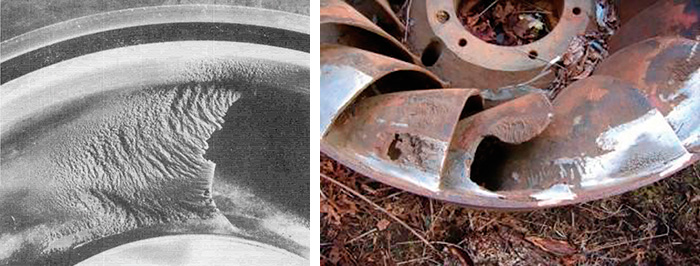Columnists Joe Evans and Lev Nelik discuss this commonly misunderstood concept.
08/02/2016
While cavitation is a common problem in many pumping applications across a range of industries, it is an often misunderstood concept. The following three columns, written by Pumps & Systems columnists Joe Evans and Lev Nelik, clear up these misconceptions and give end users the knowledge they need to troubleshoot this common issue.

1. Cavitation vs. Air Entrainment
The "cavitation" noise that comes from problematic pumps results from bubbles passing through the pump. But what kind of bubbles? Knowing the differences between cavitation and air entrainment is the first step to preventing equipment damage. Read more.2. When Bubbles Don't Burst: Why Cavitation Is Damaging
This article explains the basics of the cavitation phenomenon and why the combination of highly concentrated energy and focused direction makes a collapsing bubble so destructive. Read more.3. What You Need to Know about NPSH & Cavitation
The real danger of operating a pump too far off-peak comes from suction side considerations: too far to the right, and you risk running out of net positive suction head available, causing cavitation problems; too far to the left, and flow recirculation at the impeller eye will become evident through noise, vibration and damage. Read more.

